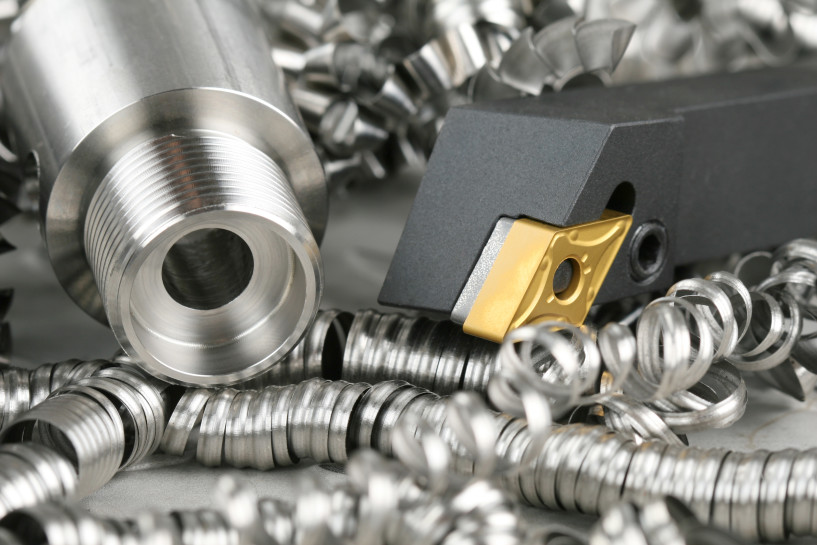The principal method by which polymer or plastics material is converted into useful products is by moulding, usually under heat and pressure, in a hollow mould or die. The material takes the shape of the mould, from which it is then removed. The relationship between the final product and its mould is of critical importance, both dimensionally and with regard to material properties.
Any successful design requires comprehensive information on a wide range of parameters. This Engineering Design Guide adopts a practical approach in considering those parameters that are of primary importance in the design of plastics mouldings. Because of their complementary nature, thermoplastic and thermosetting materials are dealt with jointly.
Although processing techniques and their effects on the physical and chemical structure of the product vary,all the materials in the range under consideration soften under heat and flow under pressure. It is important to remember that any one class of material may consist of between six and sixty variations accounted for by changes in molecular weight, by chemical combination with other materials, or by the use of fillers. Examples of these variations include modifiers, lubricants,and co- polymers (such as ethylene-propylene copolymer).

It must be emphasized that good design cannot result from a knowledge of material parameters only. The effect of processing on the material is extremely important, and all aspects of the design process must be covered including the technical characteristics of the materials and the correct design and temperature control of machines and tools.
Other related titles in the Engineering Design Guide series are The engineering properties of plastics and The selection and use of thermoplastics.
By Steven ,A China plastic container mould manufacturer
